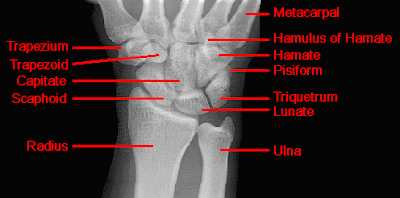

* Also known as "fender" or "bumper" fractures, tibial plateau fractures most often are the result of a moving vehicle striking the knee.
* Plateau fractures (medial and lateral) are the most common fracture sustained at the proximal tibia.
* When depression is not present, fracture may be difficult to recognize with standard radiographic exam. Alternative views and/or CT may be required for diagnosis.
* CT with multiplanar reconstruction (MPR) can be useful to help understand the anatomy of the fracture in 3D.
* Associated damage to the anterior cruciate ligament, medial collateral ligament and medial meniscus is common due to valgus stress placed on the knee during injury.
* Postraumatic arthritis and malunion can result.











.jpg)